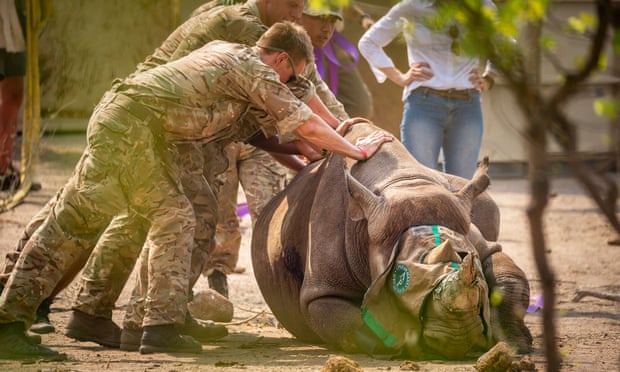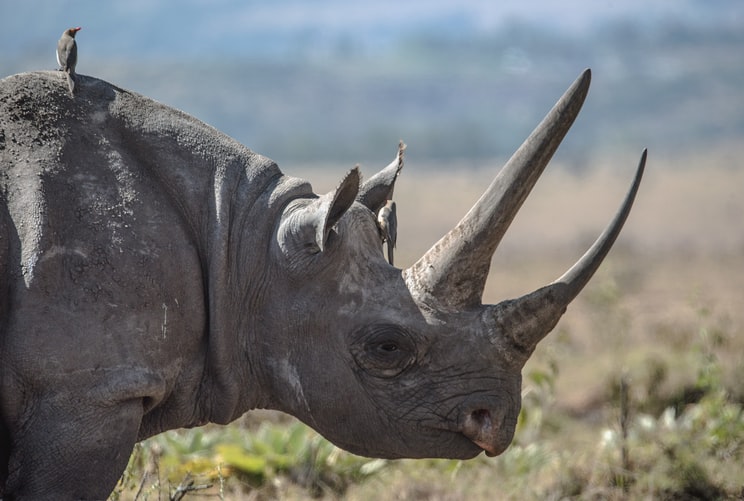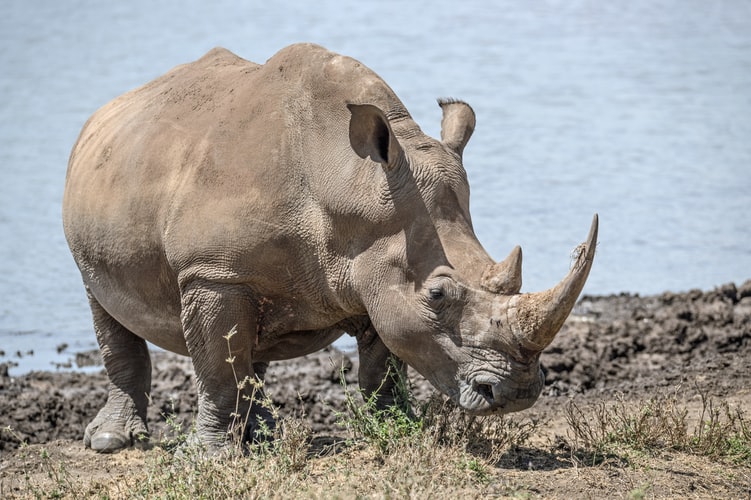Numerous poachers are illegally hunting animals every year in Africa. Some animals who are hunt by poachers are on verge of extinction. Poachers mostly kill elephants because of their ivories. But, this doesn’t exclude other animals like giraffes, rhinos, lions, etc.
African black rhinos were driven near extinction. Fortunately, their number in the wild has increased by several hundred recently.
Although black rhinos are still in danger, the small increase may boost the population. This good news gives hope that saving the species is finally paying off.
Animal activists are trying to save black rhinos by moving some of them in new locations, making sure they breed and protecting them under stronger laws. Since these measures were taken, the number of all three subspecies of black rhino has increased.
Read More: Watch How A Cat Falls In Love With His Human Baby Sister
Grethel Aguilar, director of the International Union for Conservation of Nature, released a statement in which he said the increased number of rhinos is proof that conservation works. However, poaching and illegal trade are still threats. It’s essential to find a way to stop them from illegally hunting the animals.
Recently, poachers also killed 2 of the last 3 white giraffes in Kenya. The Kenya Wildlife Service is now investigating in order to find out who is behind this horrific act.
According to the red list, other African rhino species are still in trouble. Although there are many white rhinos in Africa, they are still categorized as near-threatened. The number of poachers has drastically increased in the Kruger national park in South Africa. White rhinos have larger horns than black rhinos. This makes it easier for poachers to spot the white rhinos.
The costs of keeping rhinos safe have risen greatly in the last decade, however, and live sale prices have fallen, reducing incentives for private landowners and communities to keep rhinos. About half of white rhinos and nearly 40% of black rhinos are on private land or land managed by communities. If the rhinos are viewed as a cost, that will further hamper efforts to protect them.
Experts are worried that the coronavirus crisis will decrease the number of tourists and reduce resources for conservation. The Covid-19 will negatively impact the private wildlife operations and nationals parks where rhinos live. The costs of keeping rhinos have risen in the last 10 years, so financial support may be needed.
According to the latest update on the red list, over 31,000 species around the world are on the verge of extinction.








